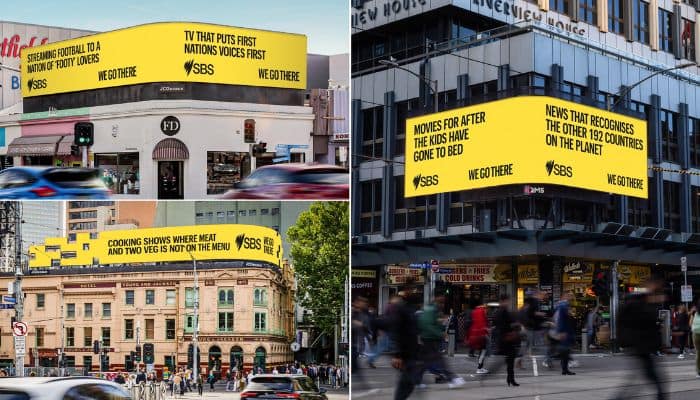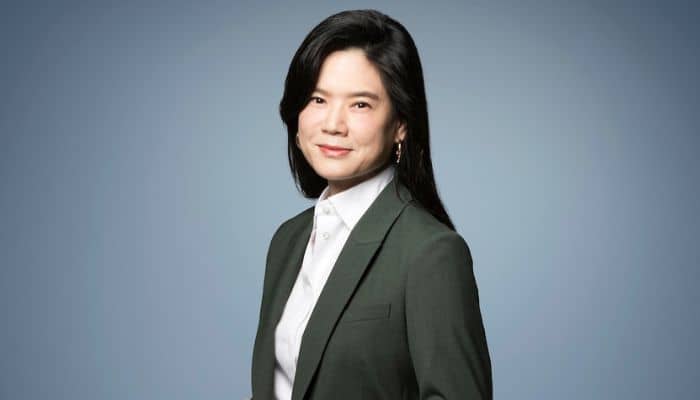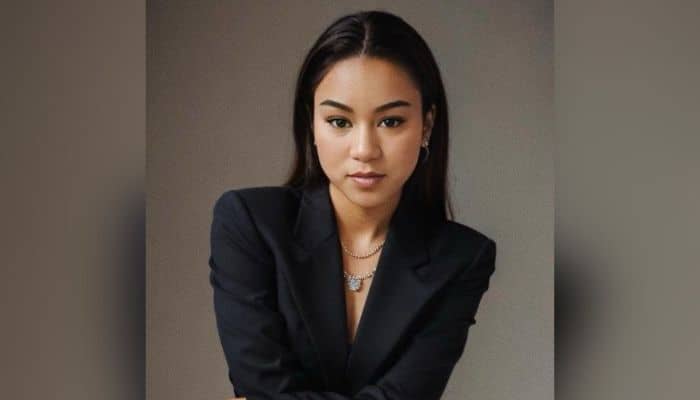Australia – Nine has announced a major strategic realignment of its streaming and broadcast division, revealing a new leadership structure and operational framework aimed at driving growth, accelerating innovation, and strengthening its market position across free-to-air and subscription platforms.
The announcement, made by Amanda Laing, Nine’s Managing Director of Streaming and Broadcast, is part of the broader Nine2028 transformation program and follows the introduction of the company’s new Group Operating Model and the formal creation of the Streaming and Broadcast Division earlier this year.
Set to take effect from 1 July 2025, the restructure introduces a series of new senior roles overseeing key areas across Channel 9, 9Now, and Stan — marking the first time these brands will be managed under a unified leadership team.
Key appointments include:
- Michael Healy, Executive Director – Entertainment: With four decades of experience in content creation, Healy will now oversee entertainment across both free and subscription services. His extensive understanding of Australian audiences and local storytelling will be central to programming strategies across all platforms.
- Cailah Scobie, Executive Director – Entertainment Content Acquisitions: Scobie brings a strong background in both free-to-air and paid media, known for her negotiation skills and ability to secure high-performing content that drives both advertising and subscriber growth.
- Fiona Dear, Executive Director – News & Current Affairs: Dear continues her leadership of Nine’s news and current affairs division, tasked with further transforming 9News and ensuring strong editorial performance across all broadcast and digital channels.
- Brent Williams, Head of Sport Production: Sport remains a major investment pillar for Nine, and Williams will unify the production capabilities of Wide World of Sports and Stan Sport to optimise output and resources. Amanda Laing will also lead strategic initiatives across the wider sports business, focused on rights, advertising, and partnership growth.
Two additional executive roles are being created to support the division’s commercial and brand strategies:
- Chief Strategy Officer – Streaming and Broadcast: Recruitment is underway for this new role, which will support strategic planning and execution across Nine’s suite of products.
- Chief Marketing Officer – Streaming and Broadcast: A new marketing leader will be appointed to coordinate brand strategies across platforms and enhance audience engagement.
In a further shift, Nine’s State Managing Directors — Kylie Blucher (QLD), Clive Bingwa (WA), and Sean O’Brien (SA) — will now report directly to Amanda Laing. This realignment aims to support market-specific growth across Nine’s streaming and broadcast businesses in those regions.
Profit and loss accountability has also been redefined, with three executives overseeing the group’s core platforms:
- Hamish Turner, Executive Director – Channel 9, 9 multi-channels and 9Now: Turner assumes financial and strategic responsibility for Nine’s free TV and streaming services.
- Dan Taylor, Executive Director – Stan: Taylor continues to lead Stan, a key growth asset for the group, with full P&L accountability.
- Tom Malone, Managing Director – Radio: Radio operations remain under Malone’s leadership, contributing revenue and EBITDA to the broader Nine Group.
Commenting on the changes, Laing said: “There is immense opportunity to drive growth for the Nine Group, and we are already building strong momentum. While our streaming and broadcast brands have each performed well independently, our greatest strength lies in how we bring them together under the power of the Nine Group.
“These changes are the first step in unlocking that potential. We’re fortunate to have some of the industry’s most talented leaders, and I’m excited to harness their experience as we move into this next phase.”
The new structure is designed to streamline decision-making, promote synergy across platforms, and align Nine’s strategic and operational efforts more closely with evolving audience and advertiser needs.













